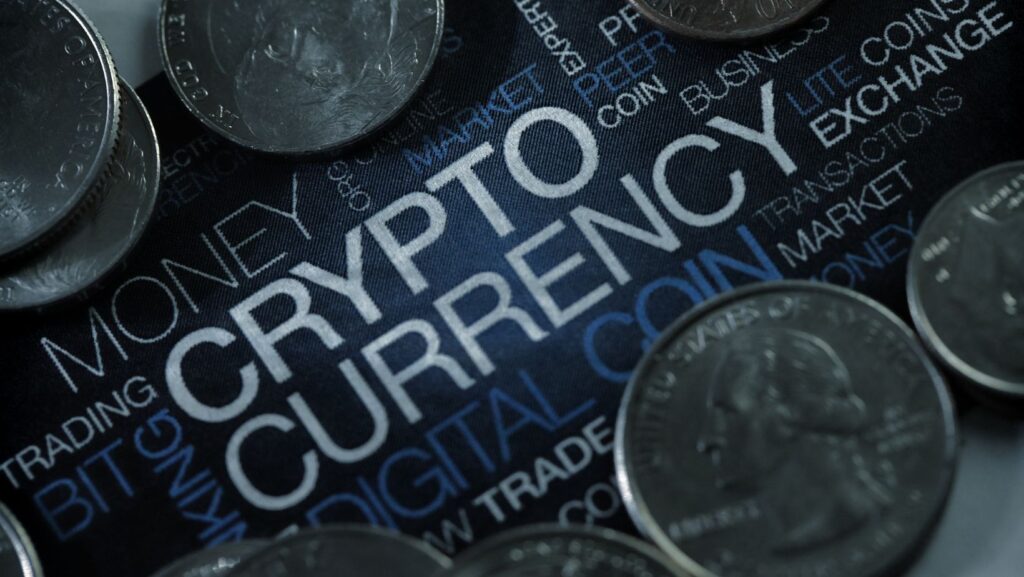Crypto doesn’t wait for anyone. It never sleeps, it never calls in sick, and it doesn’t care that you have a day job. It’s the only market that runs 24 hours a day, seven days a week, 365 days a year. That’s thrilling. It’s also exhausting. Keeping up with it means being part analyst, part detective, part insomniac.
If you’ve spent any time watching cryptocurrency prices, you know the thrill. Every tick feels like a heartbeat. One moment your portfolio looks brilliant, the next you’re Googling “can you claim losses on digital assets.” But tracking prices isn’t just about chasing green candles. It’s about understanding what drives them. Bitcoin, Ethereum and Solana are all moving pieces in a much bigger puzzle that’s rewriting how people think about money itself.
The Rise of the Watchers
Crypto used to be a side hustle. Now it’s a serious part of the conversation. About 17 percent of Americans have invested in, traded, or used crypto, according to Pew Research. Among men aged 18 to 29, that jumps to more than 40 percent. Women in the same group? Closer to 17. And it’s not just a young person’s game. Black Americans report higher ownership rates than white Americans — 18 percent versus 13 percent, per the Kansas City Fed.
It’s a snapshot of who’s watching the charts at 2 a.m. and refreshing price feeds between meetings. These are digital natives raised on apps, not brokers. They don’t wait for quarterly reports. They live by alerts, trackers, and live feeds.
Tools That Keep You in the Loop
You don’t need a Wall Street terminal to stay informed. You just need systems that do the heavy lifting.
Real-time trackers: These give you second-by-second updates. You can compare multiple coins, watch volume spikes, and catch the moment momentum builds.

Smart alerts: A single notification when Bitcoin moves 5 percent beats staring at a chart for hours. Set alerts for price, volume, or volatility and let your phone work for you.
Blockchain data: It’s all public. You can see where large wallets move their funds. If a big holder sends coins to an exchange, that often hints at selling pressure ahead.
Sentiment tracking: Social chatter and policy news can move prices faster than technical signals. Stay tuned to both. The chart shows the “what.” Sentiment often shows the “why.”
Cross-verification: Never trust a single feed. Data sources lag or glitch. Use two or three. You’ll thank yourself later.
The Institutional Shift
Crypto’s no longer just the playground of early adopters and Reddit traders. Institutional players are entering quietly but decisively. That’s why watching prices now feels like tracking tectonic shifts.
As Binance CEO Richard Teng put it, “Global adoption often starts with a single domino. Now that crypto is being recognized as a legitimate financial instrument within one of the world’s largest retirement systems, the question is no longer what but when.”
That domino is falling. Funds, pension managers, and even sovereign wealth groups are dipping in. As Binance France’s David Princay noted, “We continue to see strong interest in crypto from institutional investors and corporate treasuries (and even from sovereign wealth funds), and naturally their primary interest is in Bitcoin as the most established cryptoasset.”
When that kind of money watches the same charts you do, prices stop being noise. They become signals.
How to Actually Track Like a Pro
Watching prices isn’t about checking once a week. It’s about pattern recognition. Like watching a baseball game, you don’t just see the hits — you watch how the pitcher reads the batter. Same with crypto.
- Build a short list of coins you actually understand.
- Use alerts for major movements, not every blip.
- Track trading volume. A move with no volume behind it is often fake.
- Check blockchain activity. Wallet movement tells more than tweets.
- Keep a journal. Record when you acted and why. You’ll spot your own blind spots.
If you do that consistently, you’ll start to feel the rhythm of the market. You’ll notice when fear or excitement builds before the price even moves.
Mind Over Market
You can have perfect data and still lose if you panic. Crypto is designed to test your nerves. One bad headline and people sell in droves. One celebrity endorsement and they pile back in. The hardest skill is staying calm when the chart goes wild.
This is why having systems matters. Price alerts take emotion out of it. You respond to data, not adrenaline. The moment you start chasing candles, the market owns you.

According to Pew Research, more than 60 percent of Americans say they have little confidence in the reliability of crypto as an investment. That’s not ignorance. It’s experience. They’ve seen how fast things can swing. But that uncertainty is also the attraction. Volatility is both the risk and the reward.
Crypto is no longer an experiment. It’s an evolving part of the economy that still feels like a frontier. Adoption keeps spreading, policies are slowly catching up, and global conversations are turning practical. The market’s maturing, but it’s not dulling.



